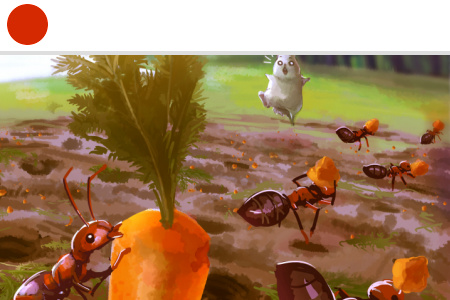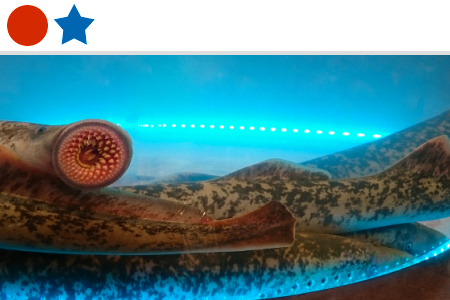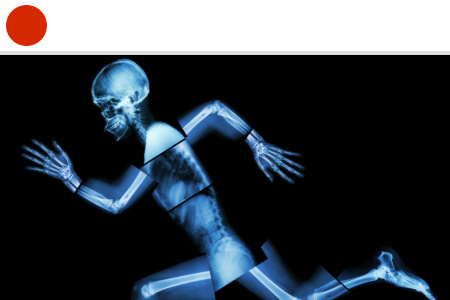Course Sample for Our Tinker’s Club Homeschool Science Course
“When curiosity is raised, learning occurs” – Ed Sobey, Ph.D.
* Tinker (vb.): to play, fiddle, or meddle (with machinery, etc.), esp. while undertaking repairs ( World English Dictionary — http://dictionary.reference.com/browse/tinker?s=t )
Thomas Edison said: “To invent, you need a good imagination and a pile of junk.”
You probably have a good imagination, so we will help you get the pile of junk.
When you invent, your eyes wander around the room trying to find that thing that will make your creation work. The more good things you have around you, the easier your job of inventing will be. So where do you get stuff?
Your family, friends, and neighbors are throwing away perfectly good junk every day. Old appliances and broken machines fill their trashcans. You can interrupt their path to the landfill and extract the stuff that might be handy, and it won’t cost you anything.
Another place to collect stuff to take apart is Goodwill. They operate not only regular stores; Goodwill also has outlet stores where they sell broken appliances for pennies a pound. A few dollars spent here can keep you busy for hours.
The best stuff to collect are machines that have small electric motors that operate on low voltage direct current. VCRs, DVD players, CD drives in computers, tape recorders, and other technology relics have motors, switches, and gears that you can use. You can power the motors with batteries, which makes it easy to make new machines.
HERE’S WHERE we’re going with this month’s challenge:
To get the good stuff out, you need two screwdrivers and a pair of pliers. One screwdriver must be a Phillip’s screwdriver and the other a flat blade screwdriver. Having more tools helps, but this is a good start.
In taking stuff apart, we have to follow some rules, and here are two very important ones to start. Before you take out the first screw, make sure the owner gives you permission to take the appliance apart. It is unlikely that you’ll get it back together again and working, so make sure the owner knows that.
Next, wear protection for your eyes. Springs jump out and can bite you. Wear your glasses or get a pair of safety goggles. This is always just being smart.
If the appliance you’re working on has an electrical cord that plugs into a wall outlet, cut off the plug and throw it away. You don’t want someone plugging it in while you are taking it apart.
No hammers! All the parts went in without a hammer and all can come out without a hammer.
Mom is right! Wash your hands after taking stuff apart. You don’t know what grimy goop is now coating your hands, so wash them well.
Collect some empty shoeboxes to store parts in. Separate them so you can find what you need more easily. Put motors in one box, switches and wires in another.
The outside cases on most appliances aren’t useful to you and take up space, so throw them away. Circuit boards aren’t useful either, so don’t keep them. Motors that plug into a wall outlet and use alternating current can be put aside, as can gasoline motors.
WHAT CAN you build with the stuff you find? Grab a battery and some wire. Then let your fingers wander through the pile of junk you collect while your mind imagines the wonderful things you can build.
But don’t think too long. Start building—even if you aren’t sure what you are building. You’ll figure it out later.
Show us
Did you find some really interesting part in the stuff you took apart? Or did you make something cool? Take a digital photo and email it to us at Tinkersclub@gmail.com. Maybe we will share it with everyone else.
Historical notes
Henry Phillips never made a screw, but he improved the design of screws and screwdrivers and made his fortune. Online, check out the interesting life of this man who changed the way the world holds things together.
As a child, Charles Kettering liked to take stuff apart. He learned a lot and established his career path. In addition to cofounding the Memorial Sloan-Kettering Cancer Center and founding the Kettering Foundation, he changed the way we start cars, paint cars, and cool things. He held 186 patents for his inventions, and a Southwest Ohio city is named for him today. Your library might have a biography on Kettering.
References
Your local library may also have a copy of my book, Unscrewed – Salvage and Reuse Motors, Gears, Switches, and More from Your Old Electronics. The book is for sale online and in bookstores.
























































